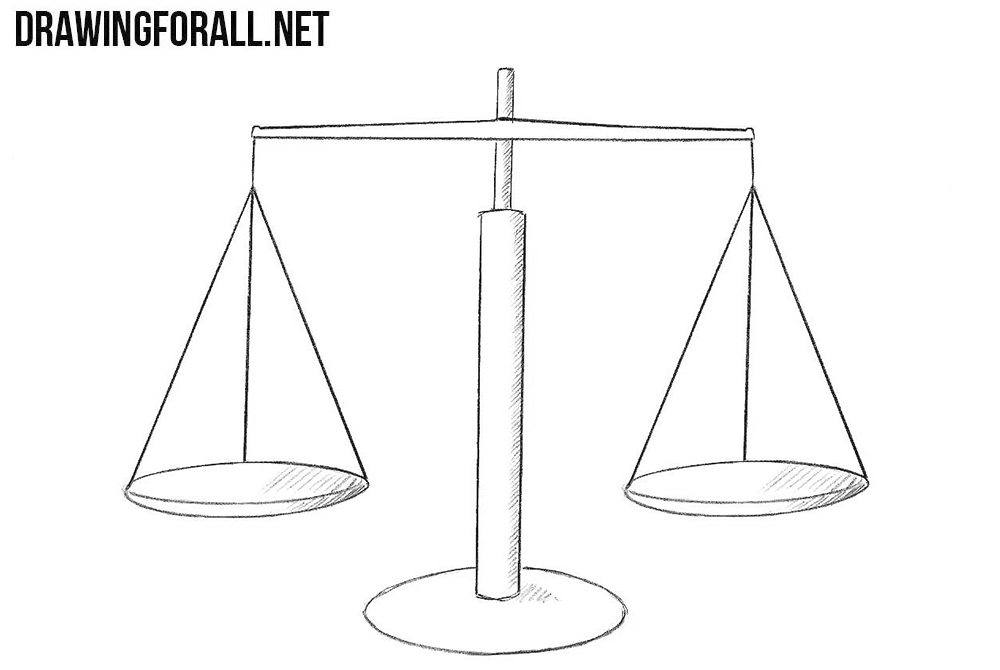Scale dawing
Table of Contents
Table of Contents
Are you struggling with drawing to scale? Do you find measurements and proportions overwhelming? Don’t worry, you’re not alone. Many people find it challenging to draw accurately to scale, but with the right techniques, it can become second nature.
When drawing to scale, the most significant challenge is often getting the measurements and proportions correct. Making even the slightest mistake can throw off the entire drawing, and it can be frustrating to start over repeatedly. Additionally, it can be challenging to understand the concept of scaling and how it applies to a drawing.
The first step in drawing to scale is to understand the concept of scaling. Scaling refers to the process of representing an object in a drawing at a proportionate size. It allows you to create precise and accurate measurements, ensuring that your drawing is proportional and realistic. The best way to master scaling is through practice, with time and experience making you progressively better at it.
To draw to scale, start by choosing a scale ratio that works best for your drawing. For example, a ratio of 1:10 means that one unit on the drawing represents ten units in real life. After selecting your ratio, measure the dimensions of the object you want to draw and calculate the equivalent dimension on your drawing. Use a ruler or protractor to measure and mark the ratios, ensuring you have accurate proportions. Finally, using a pencil, sketch your drawing, starting with the general shape and working your way up to the details, until it is complete and proportionately accurate.
Scaling Techniques: Using Grids
One effective technique for drawing to scale is using grids. A grid is a series of intersecting lines that divide the drawing surface into equal sections. By overlaying a grid on your reference image and your drawing surface, it becomes possible to create accurate proportions, given that the focus is now on each grid’s section instead of the whole picture.
To create a grid, first, choose a cell size that’s appropriate for your drawing size, then use a ruler and pencil to create parallel horizontal lines along the top edge and bottom edge of your paper. Mark the intervals, and repeat the same for the vertical lines along the sides of the paper. You should have a series of intersecting lines forming a grid on your paper. Transfer the same grid lines to your reference image, making sure that the proportion is the same between the reference image and the grid on your drawing paper.
Scaling Techniques: Using Proportional Dividers
Another useful tool for drawing to scale is proportional dividers. Proportional dividers are instruments that allow you to measure dimensions and transfer them to your drawing surface accurately. They work by using a pivot and two arms with marked proportional intervals. To use them, place one end of the dividers at the measured dimension’s starting point and use the other end to transfer the measurement to the drawing surface, marking the appropriate proportional interval. This ensures that the drawing’s proportional accuracy is maintained, even with complex proportions.
Conclusion
Drawing to scale can be a complicated and challenging process, but with the right tools and techniques, it becomes much more comfortable. Practice makes perfect, and by mastering scaling and different scaling techniques, you can make your drawings more accurate and realistic. So don’t give up—keep practicing and refining your skills, and soon, drawing to scale will feel like second nature.
Question and Answer
Q: What do I need to start drawing to scale?
A: All you need to start drawing to scale is a reference image, a drawing surface, and measuring tools like a ruler, compass, or protractor. You can also use tools like proportional dividers or grid paper for more advanced scaling techniques.
Q: How can I check my proportions and measurements when drawing to scale?
A: One great way to check your proportions and measurements is to step back and look at your drawing from a distance. This makes it easier to identify any areas that need correcting. You can also use a mirror to view your drawing from a different angle, which can help you spot any discrepancies quickly.
Q: Can I use scaling techniques for drawing in other mediums, like watercolors or oil paints?
A: Yes, you can use scaling techniques for drawing in any medium, although techniques may differ slightly depending on the medium you’re using. However, the basic principles remain the same, regardless of the medium, you’re using.
Q: Is it essential to use scaling techniques, or can I eyeball the proportions?
A: While it’s possible to eyeball proportions, using scaling techniques ensures that your drawing is accurate and proportionate, making it look much more realistic. It’s also essential if you want to create technical drawings or drawings with precise measurements.
Gallery
Scale Drawing In Hindi

Photo Credit by: bing.com / isometric
Scale Dawing

Photo Credit by: bing.com / accuteach
How To Draw Scales Easy

Photo Credit by: bing.com / scales ayvazyan stepan
Scale Sketch Stock Illustration - Download Image Now - IStock
Photo Credit by: bing.com / scale sketch vector illustration abstract
How To Make A Scale Drawing - A Tutorial - YouTube

Photo Credit by: bing.com /






